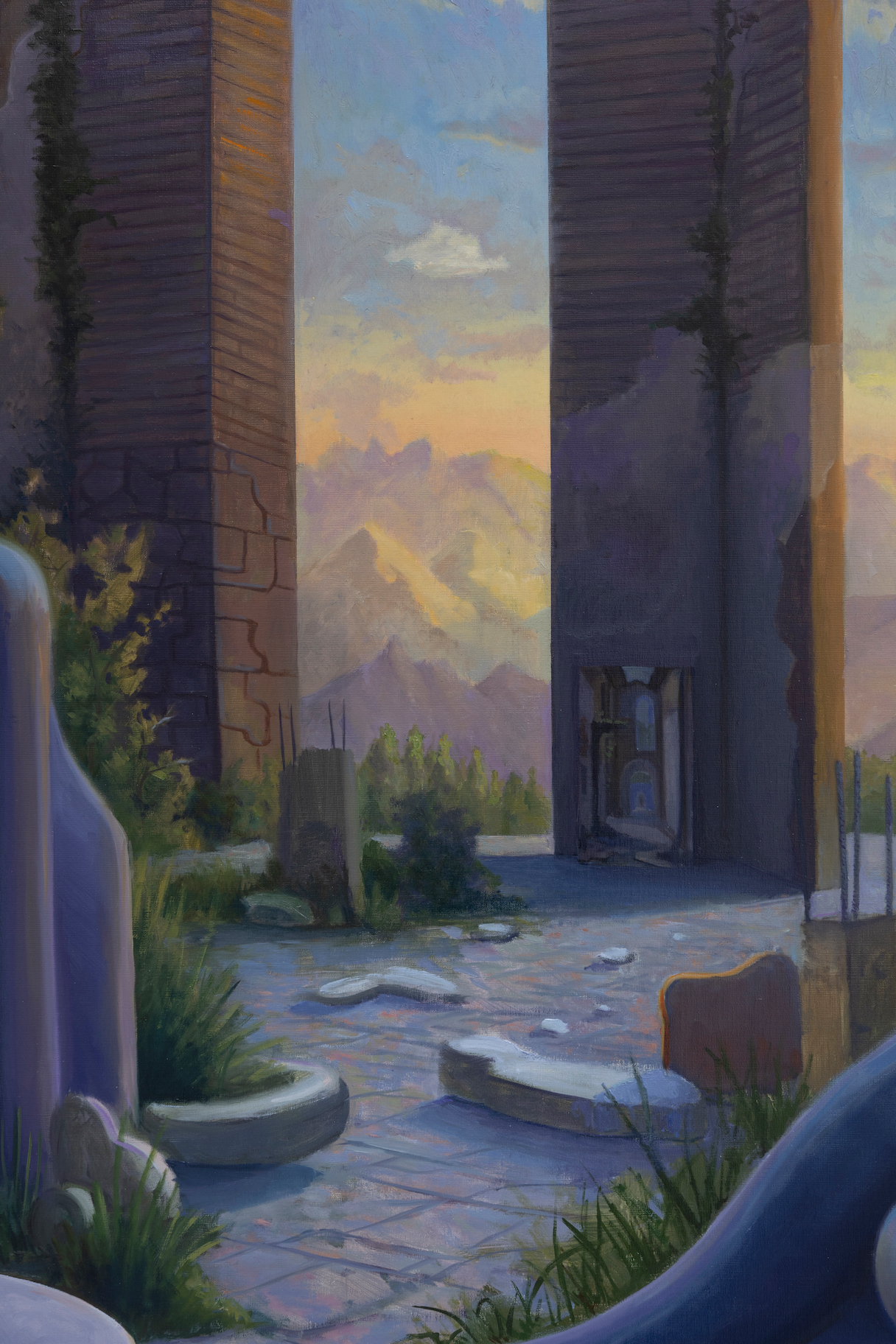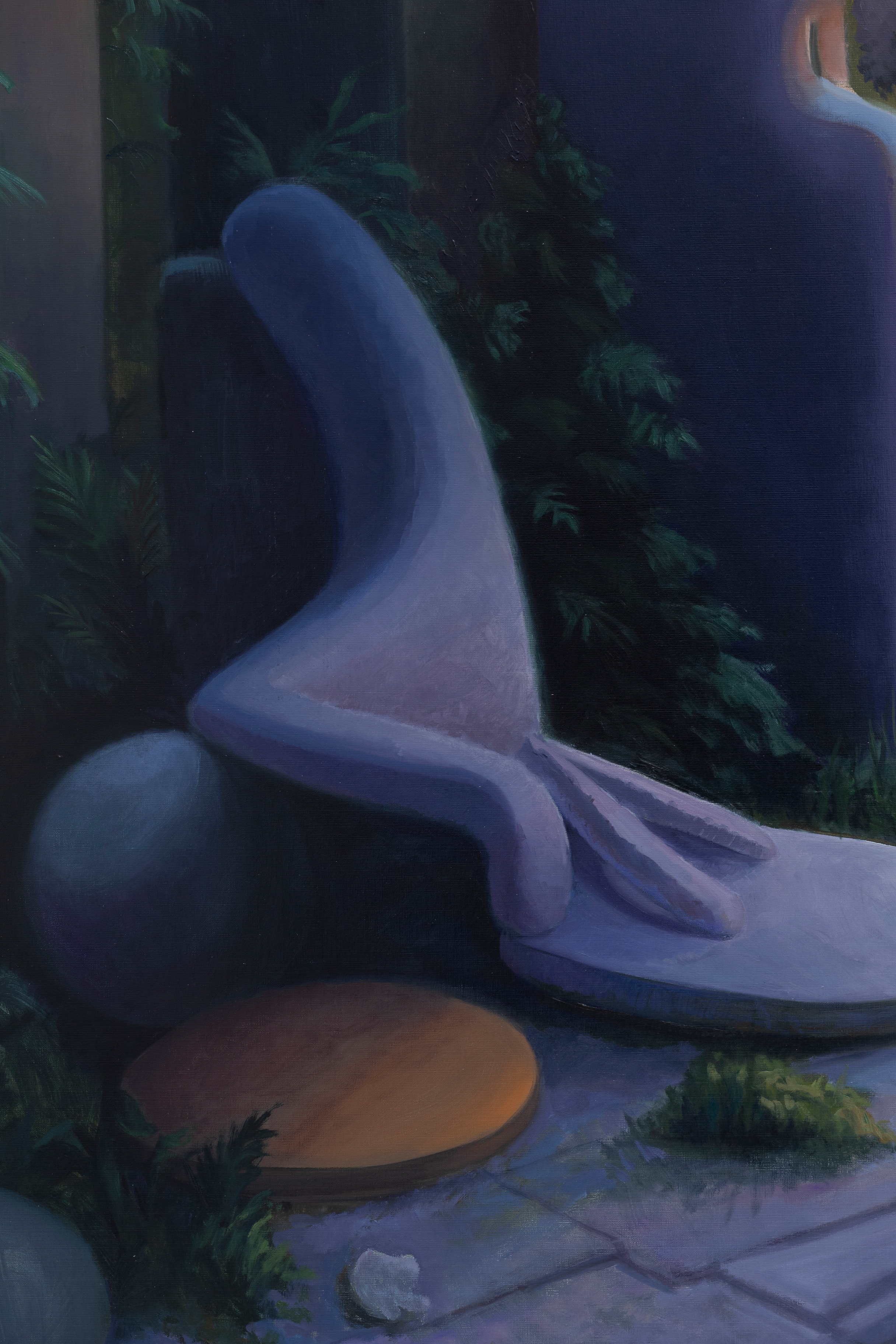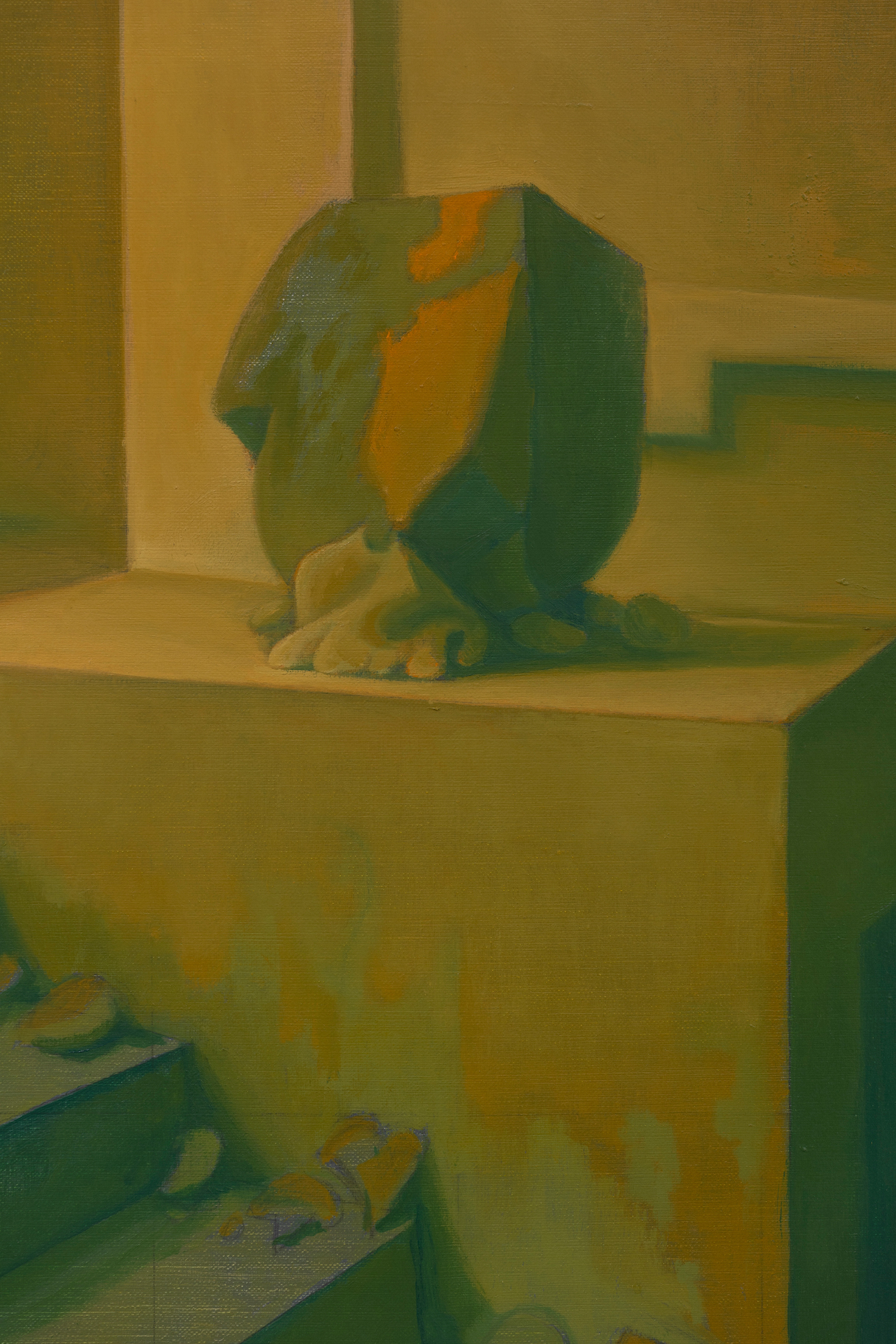
Marc Badia
La piedra que se desprendió de la montaña
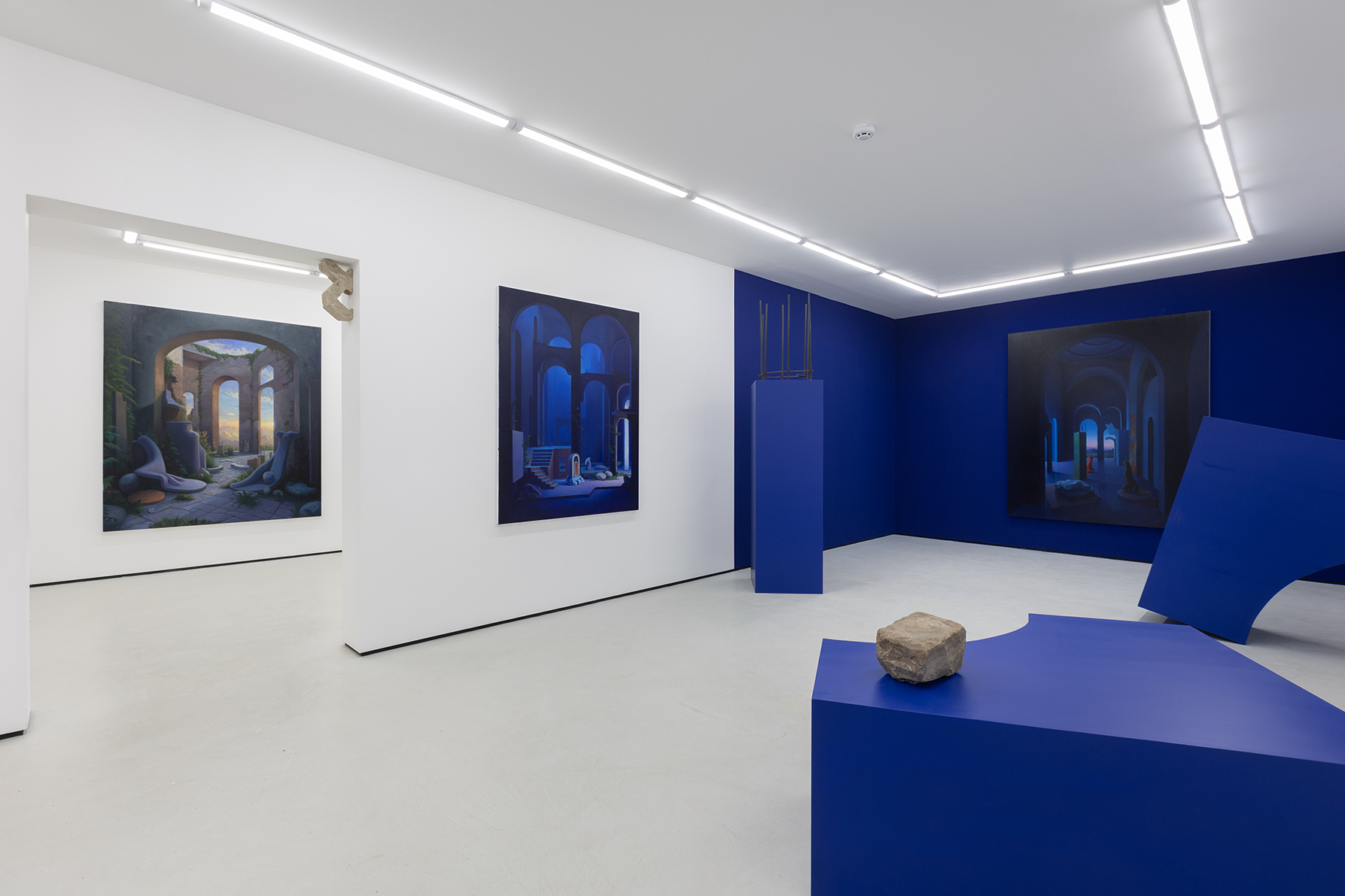

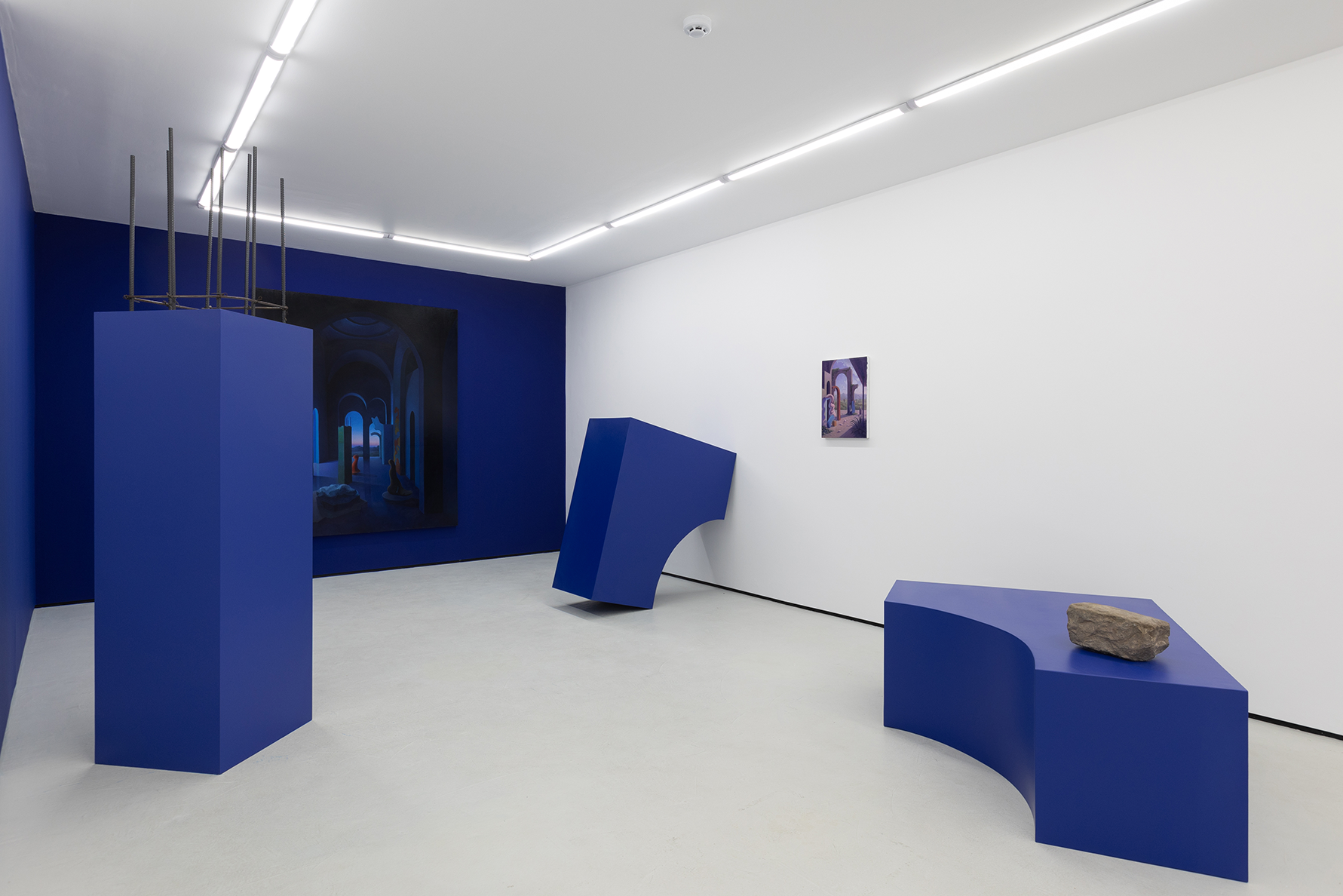
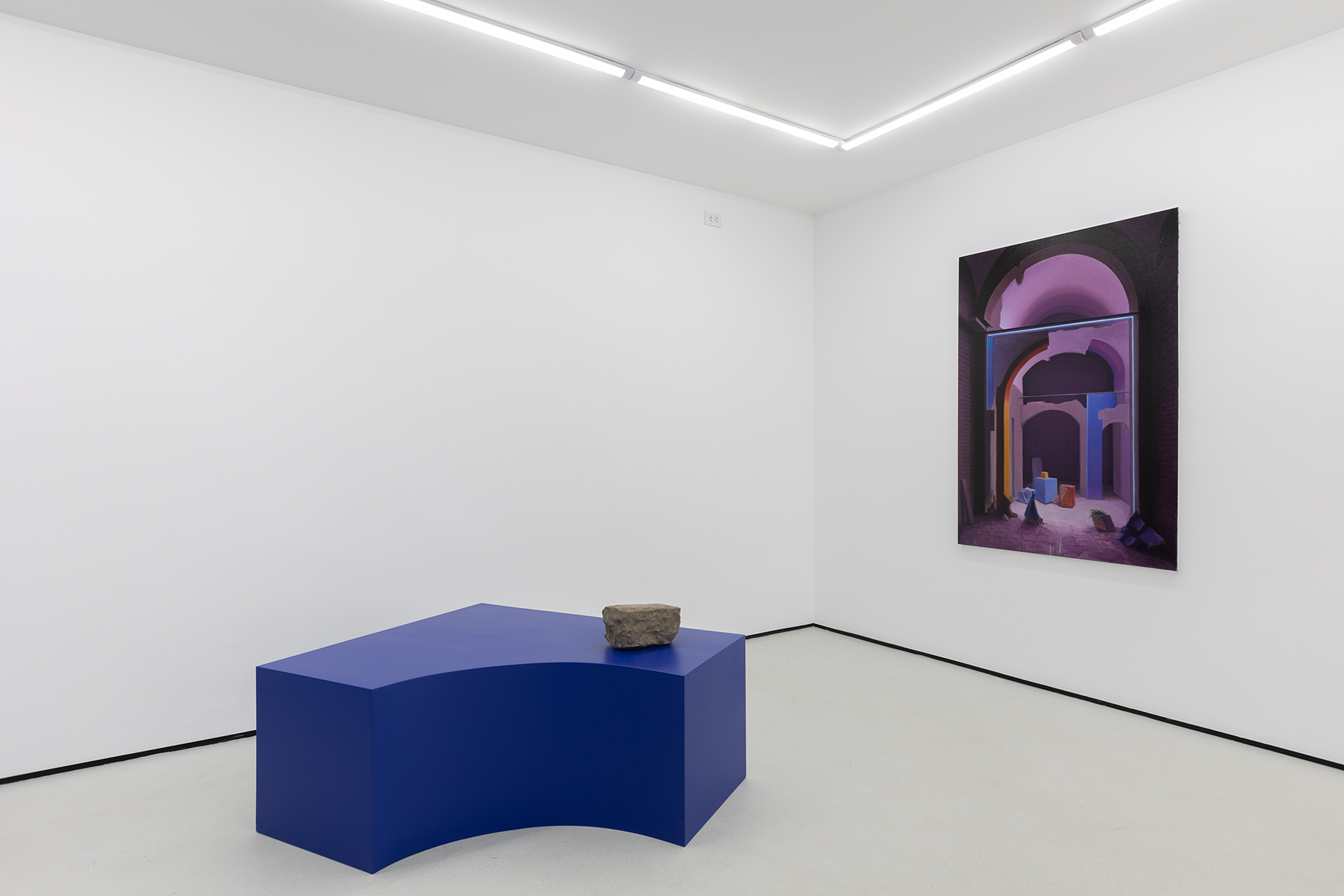
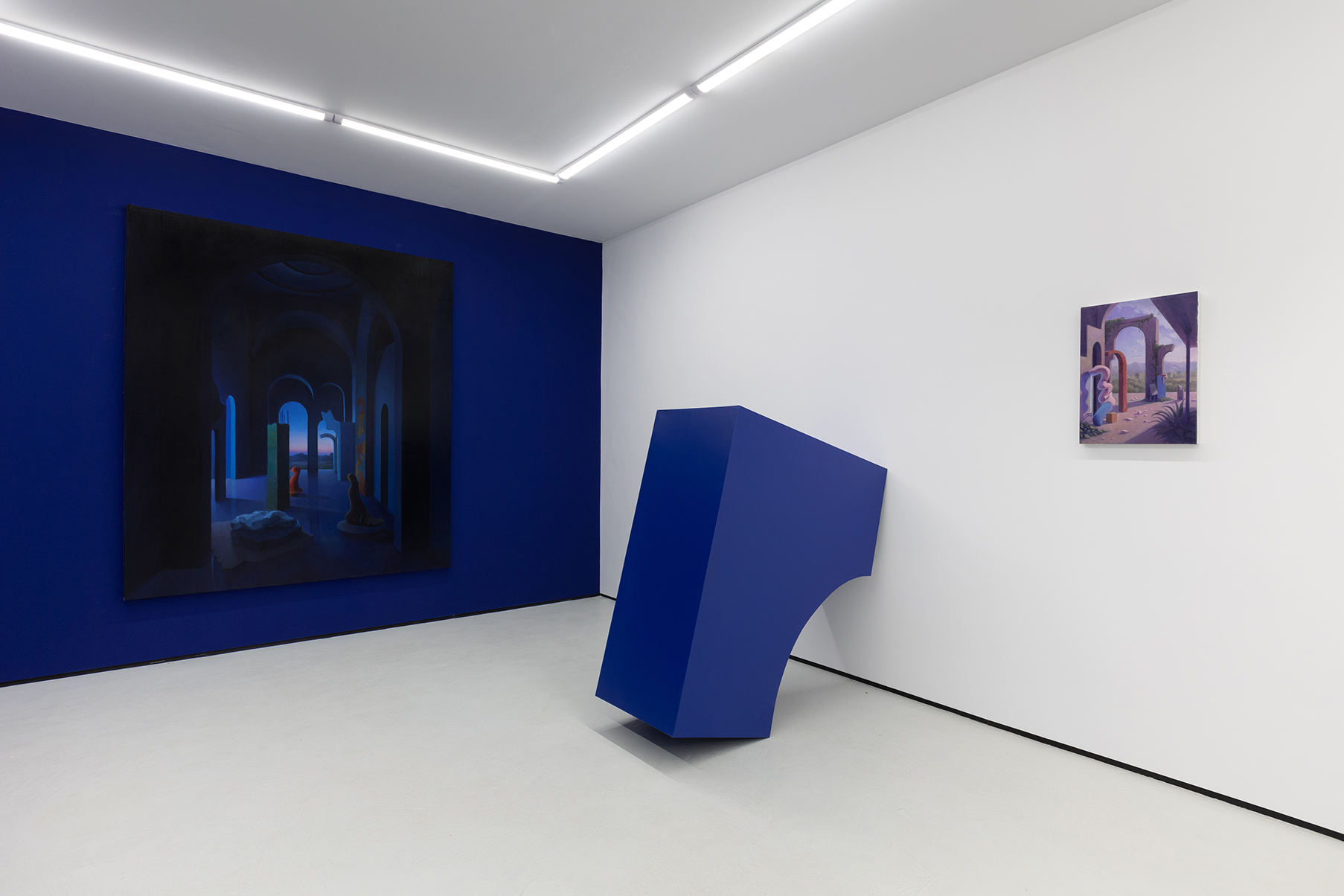
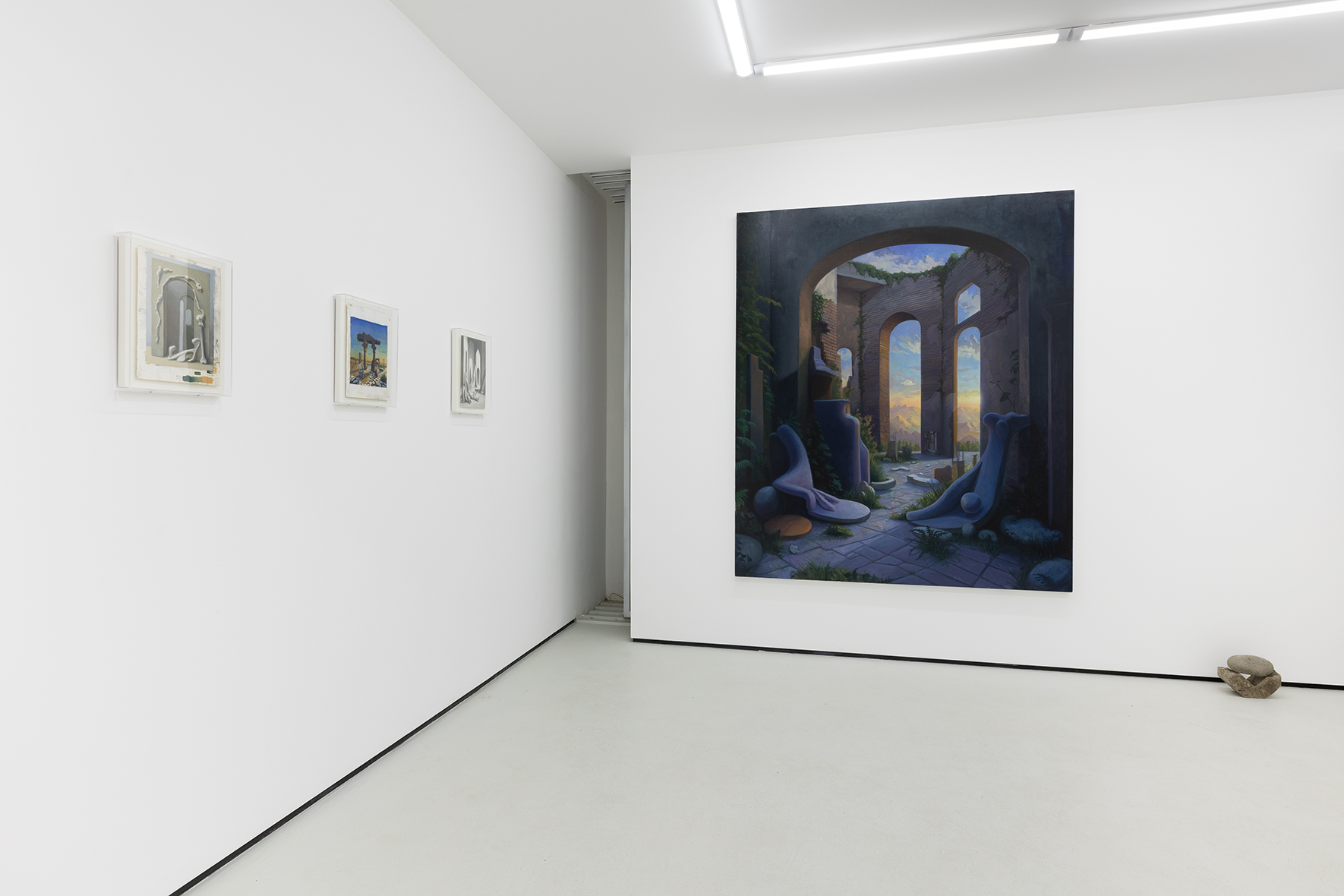
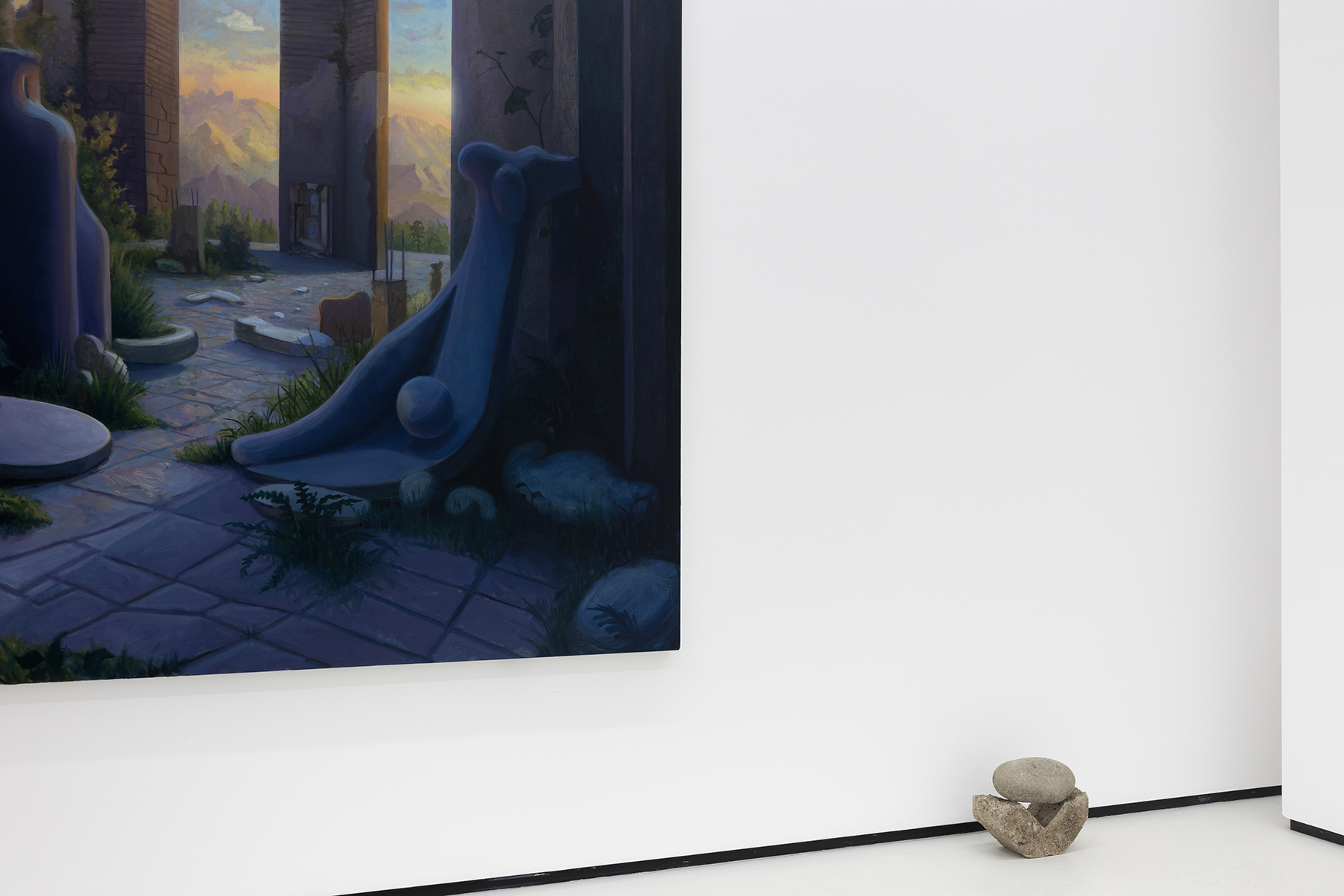
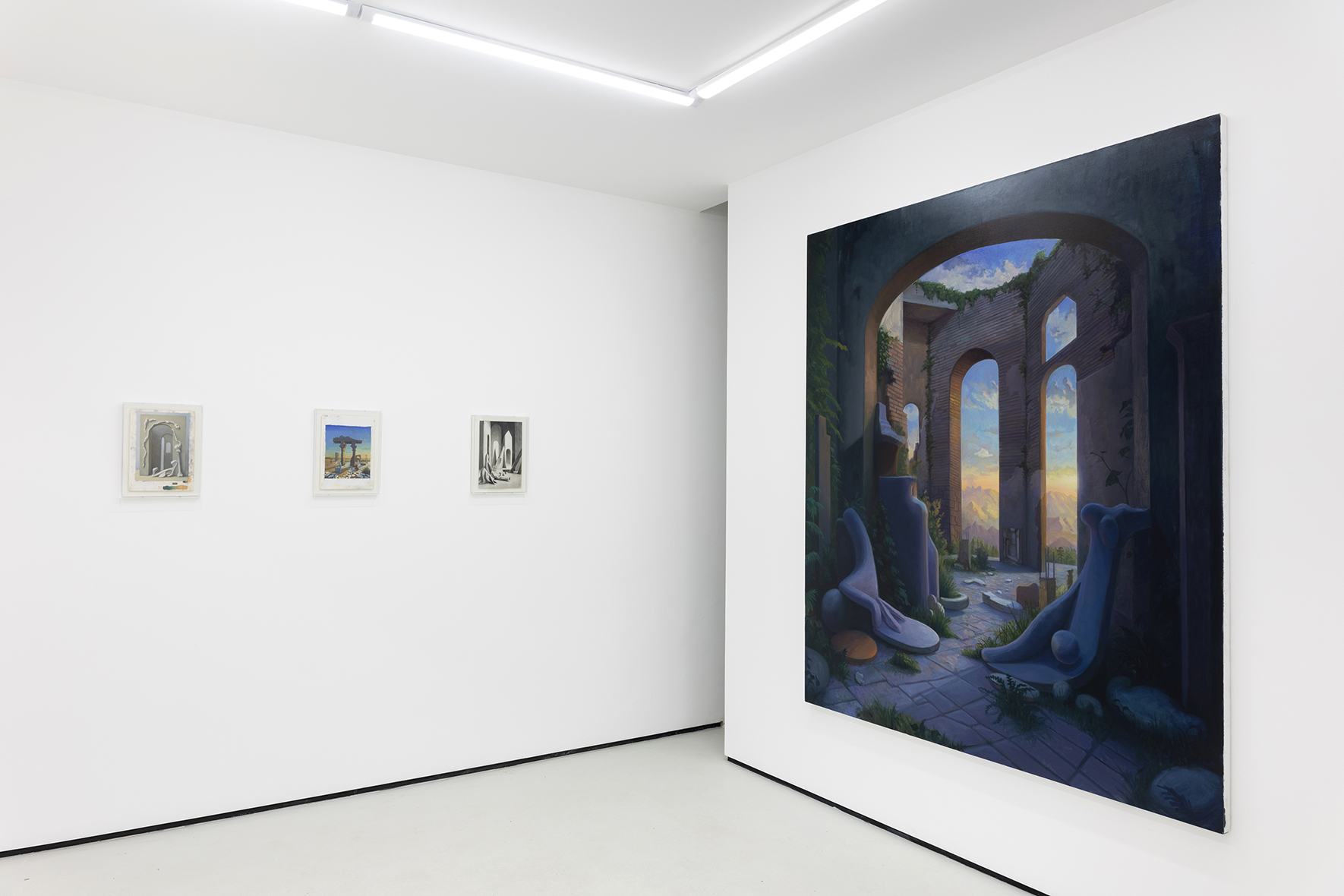
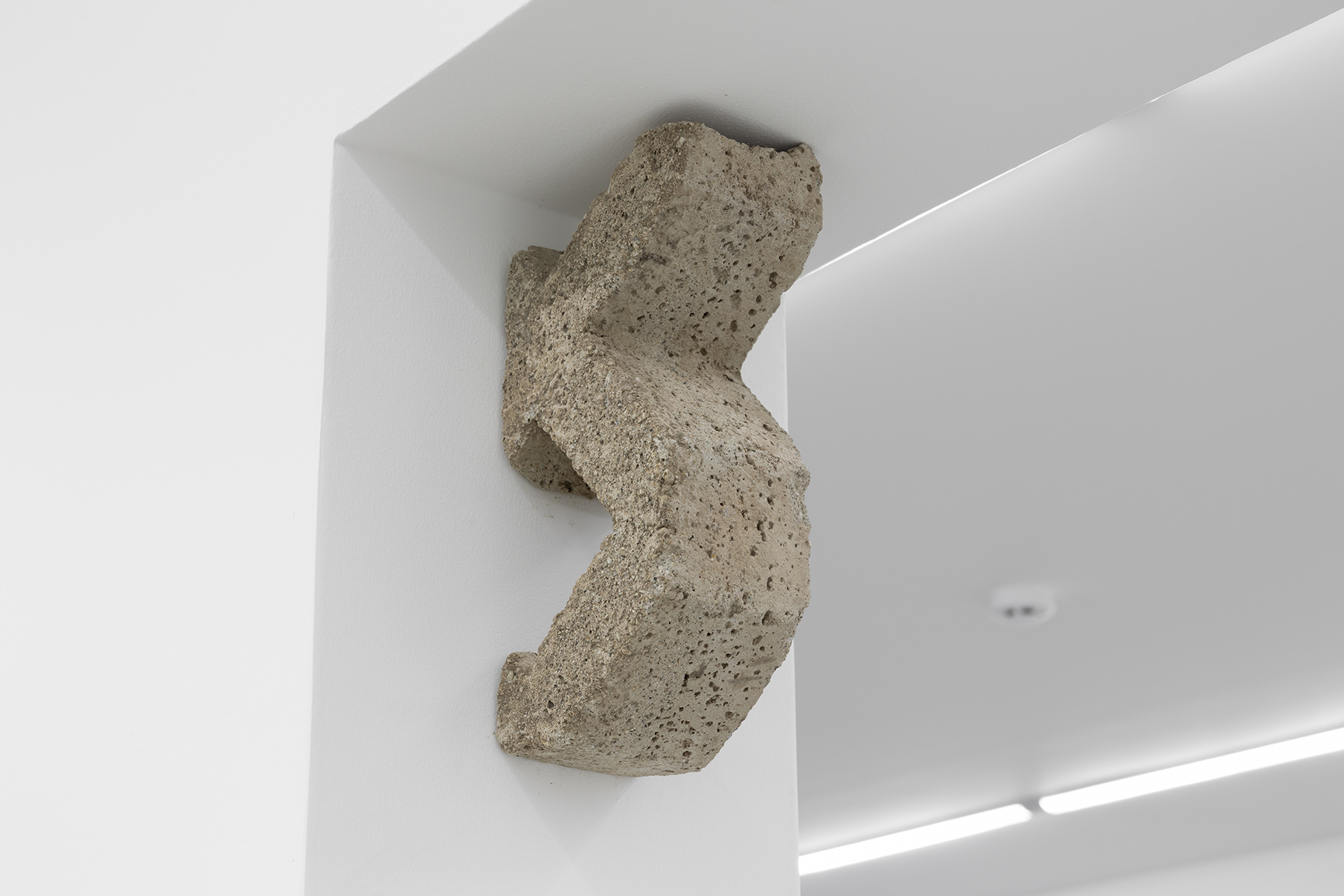
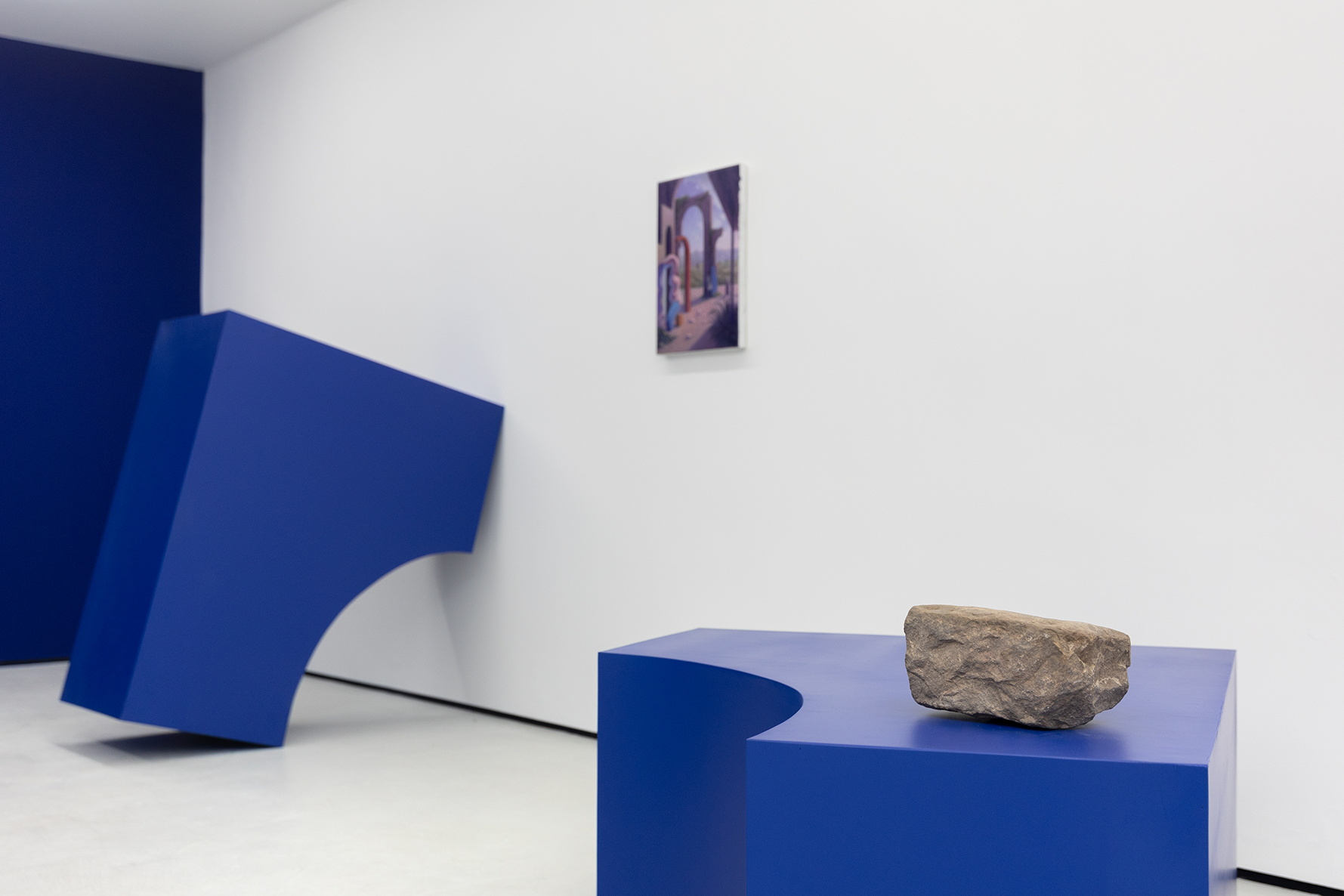
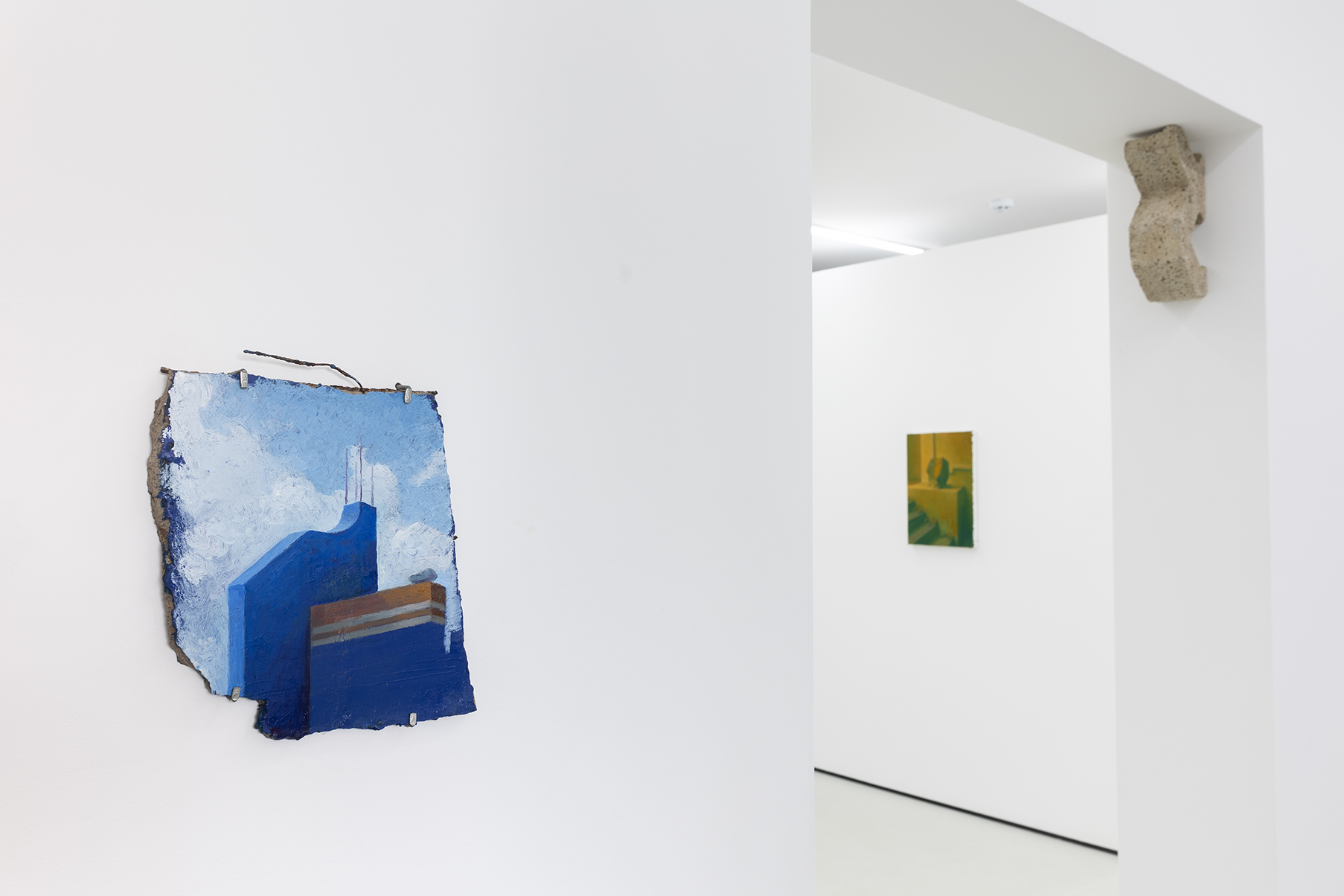
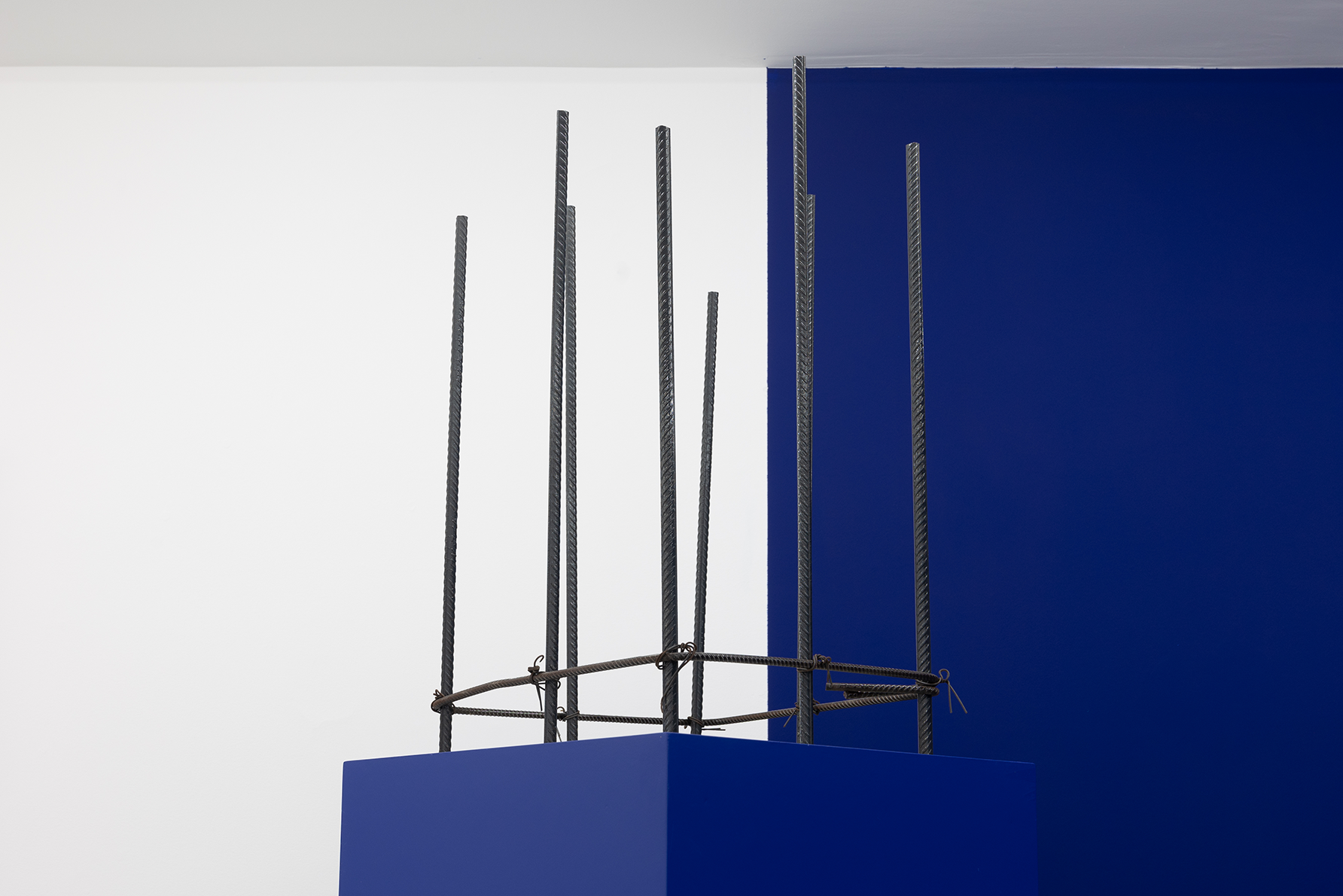

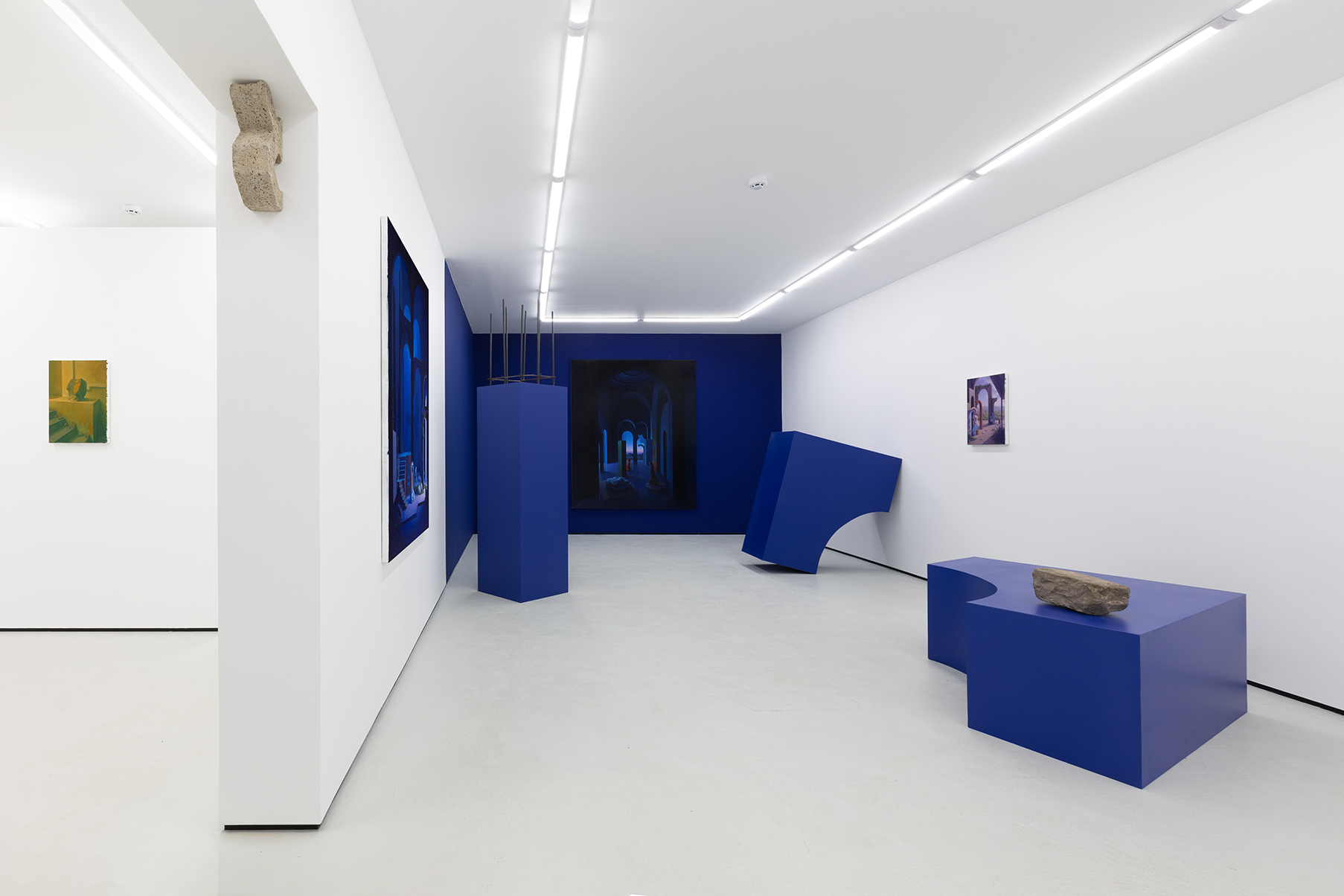

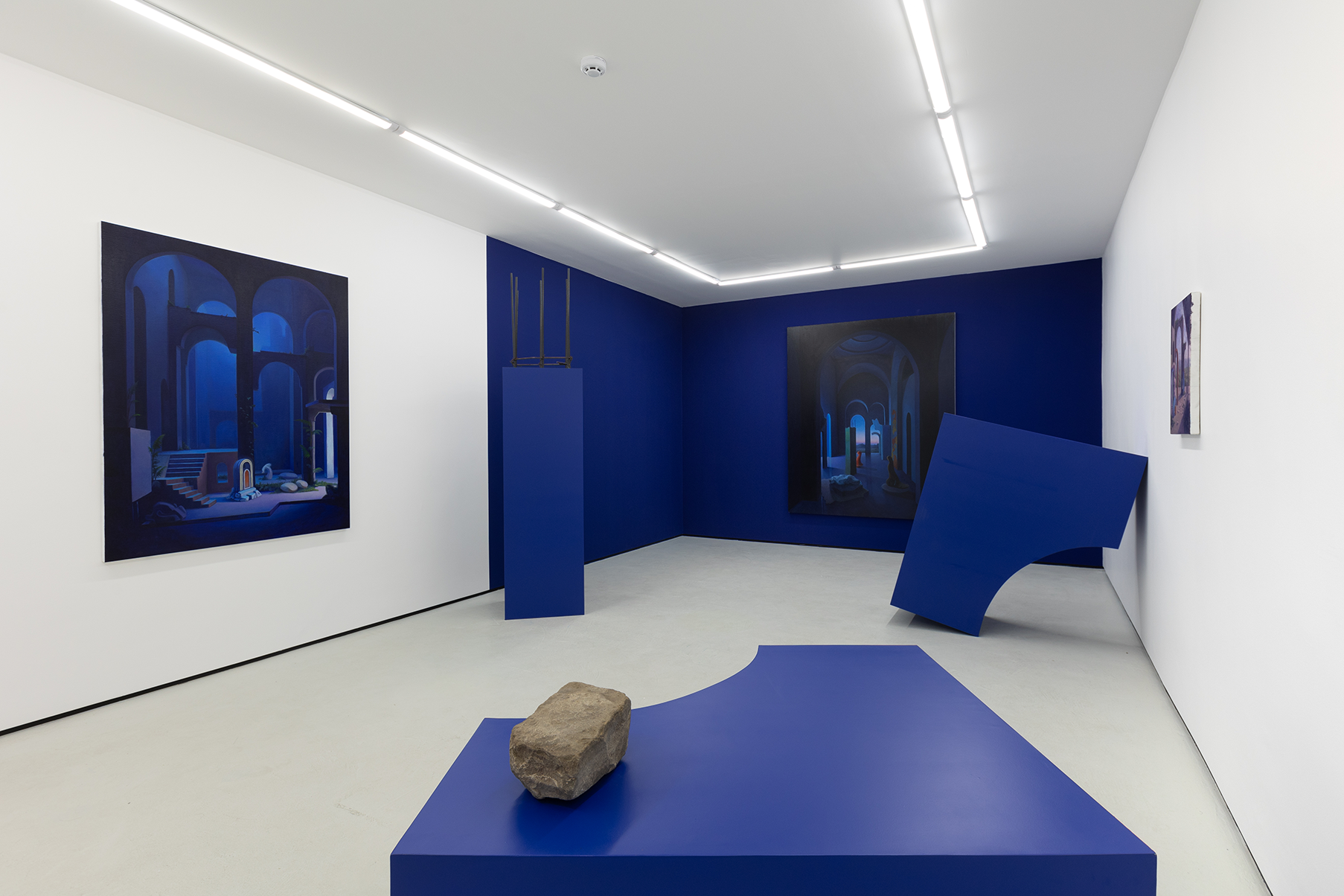
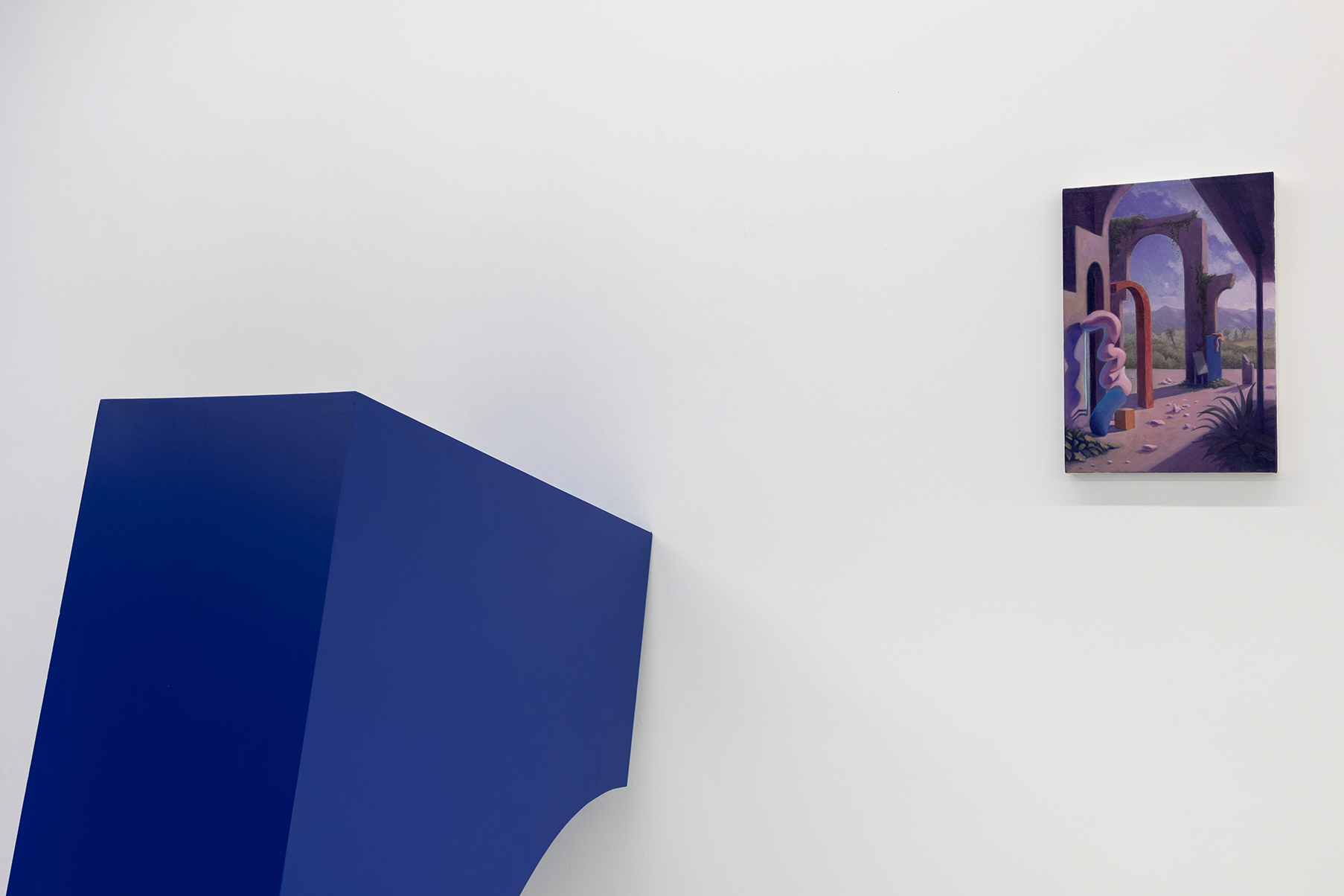

En su paso por Perú, Marc Badia (1984, Barcelona) presenta una serie de obras que parten de una idea precisa: el tiempo como estructura no lineal. Usando las ruinas como materialidad de ese no-tiempo, encuentra en ellas una poética de la nostalgia y la memoria. Estas ruinas no son representación de la pérdida, sino un territorio donde los ciclos se superponen y el pasado se mezcla con el presente y la ficción. En “Nostalgic for Ruins”, Andreas Huyssen plantea que en la modernidad las ruinas despiertan una melancolía por lo perdido y funcionan como puntos de oposición ante el progreso y la velocidad. Marc retoma esa premisa, pero la desplaza hacia un terreno más íntimo. Para él, la ruina no es monumental ni arqueológica, sino emocional. Es un intento de reconstruir un refugio, de volver a un lugar que solo existe en el recuerdo. Las ruinas de Marc se entrelazan con su propia biografía: evocan el pueblo de su infancia, antaño próspero gracias a la industria textil catalana, hoy en decadencia. Esa melancolía por lo que fue se convierte en impulso creativo, en un gesto de reconstrucción cada vez que pinta. En Lima, el artista observa los hierros que sobresalen de las azoteas como esqueletos que aguardan una segunda vida. En ellos encuentra un eco de su propia búsqueda: estructuras que son a la vez ruina y promesa, pasado inacabado y futuro en espera. Esa imagen lo persigue, hasta que una experiencia en la sierra andina la convierte en revelación. Frente a la inmensidad del paisaje, el viento y la piedra le devuelven una certeza simple: la materia también tiene voluntad, la piedra también se mueve. De esa intuición nace “La piedra que se desprendió de la montaña", escenario que alude a esa agencia silenciosa de la materia, pero también al gesto humano de dejarse afectar, de aceptar el cambio. Sus obras son registros de ese tránsito: se desprenden del pasado sin romperlo, se sedimentan en nuevas formas, se dejan tocar por la experiencia del viaje. Entre las piedras de los templos incas y las de las fábricas catalanas, el artista encuentra un punto de contacto: una misma vibración mineral que atraviesa geografías y tiempos. Al final, la piedra no es solo motivo, sino metáfora: la del cuerpo que cambia, la memoria que persiste, la materia que recuerda. La piedra que se desprende de la montaña no cae: encuentra su forma en el movimiento. Tarissa Revilla
Receive more information on available works from this exhibition.

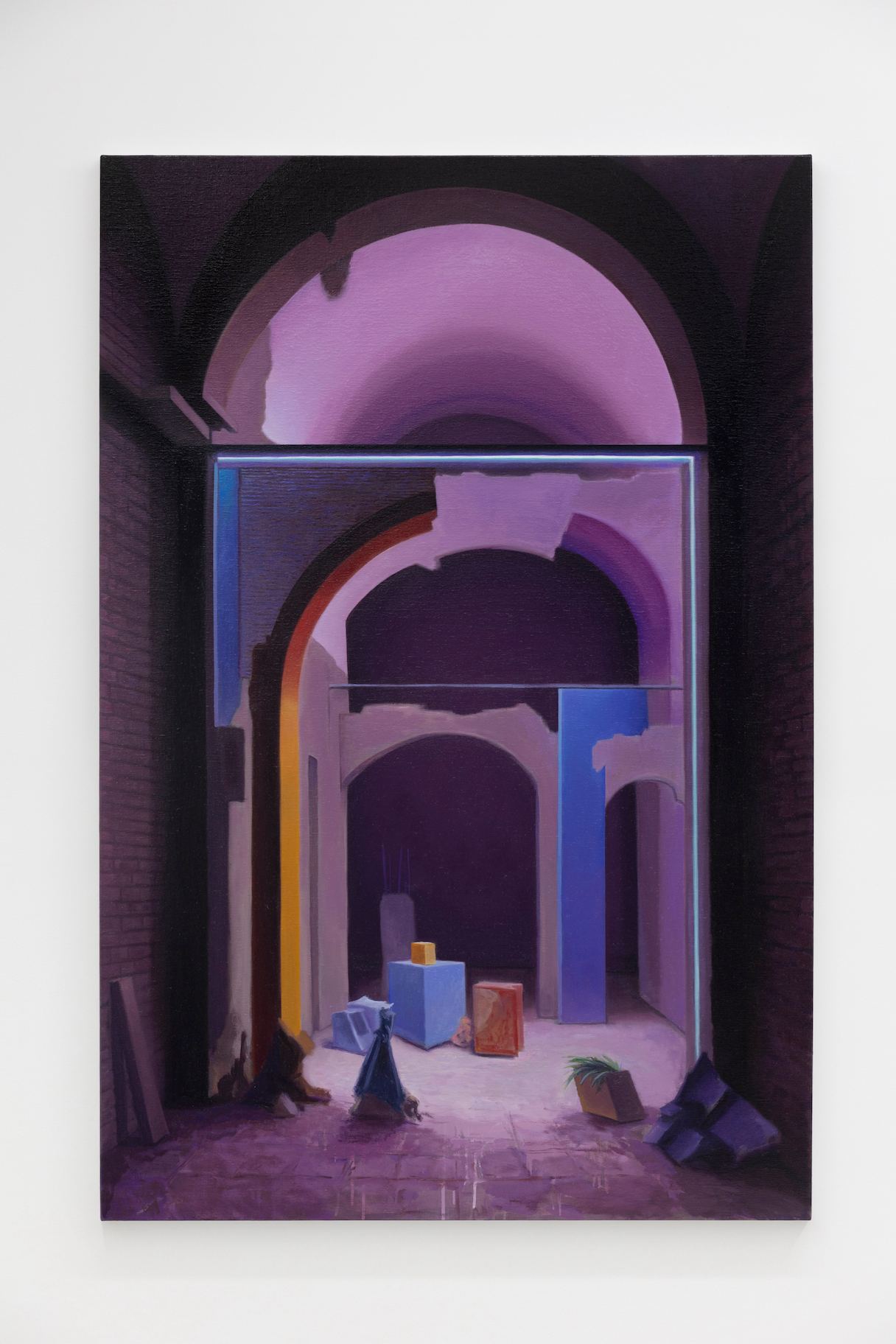
Drywall's Capella
2025 Óleo sobre tela 150 x 100 cm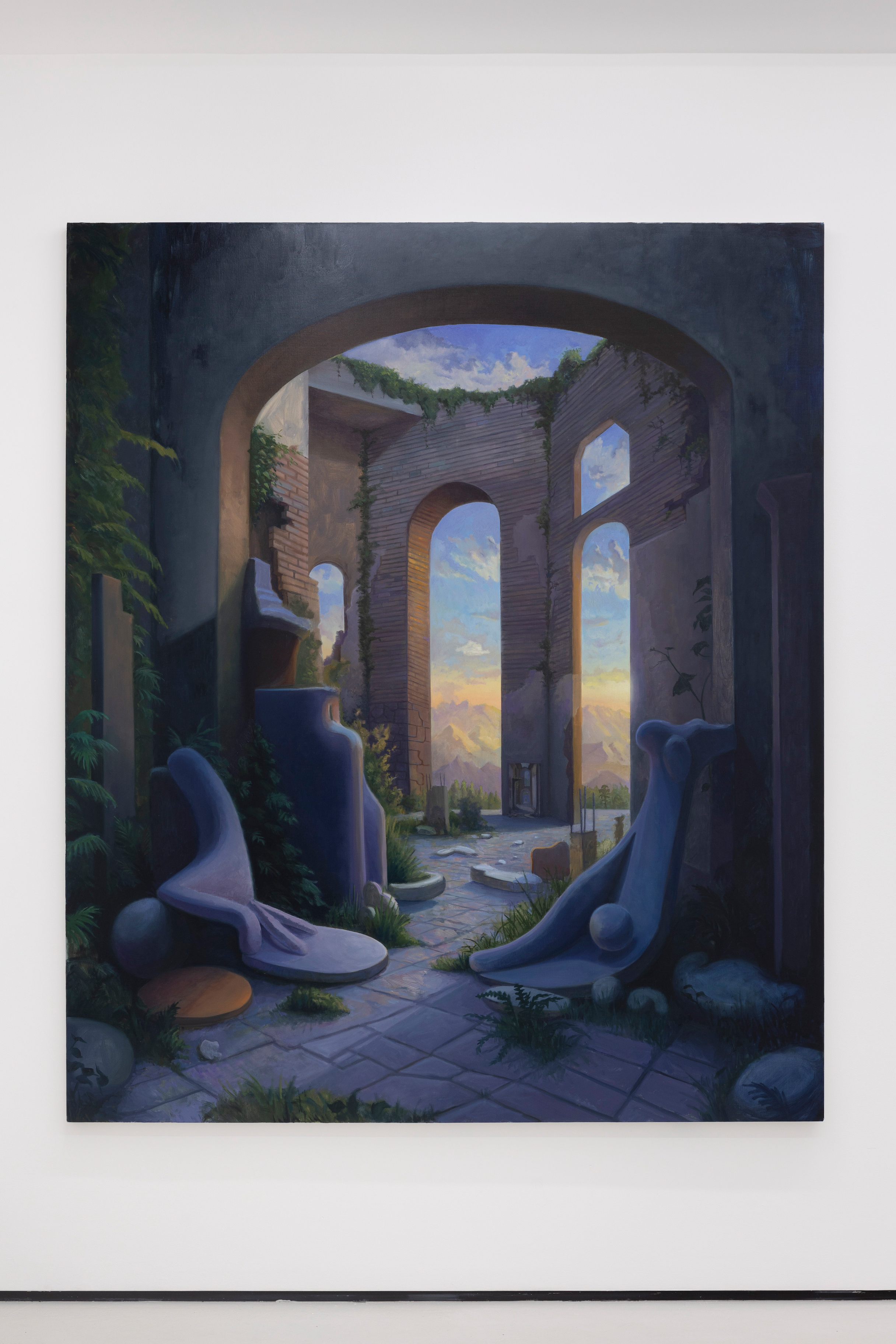
Si la realidad es un complot, la ironía es un complot privado
2025 Óleo sobre tela 195 x 163 cm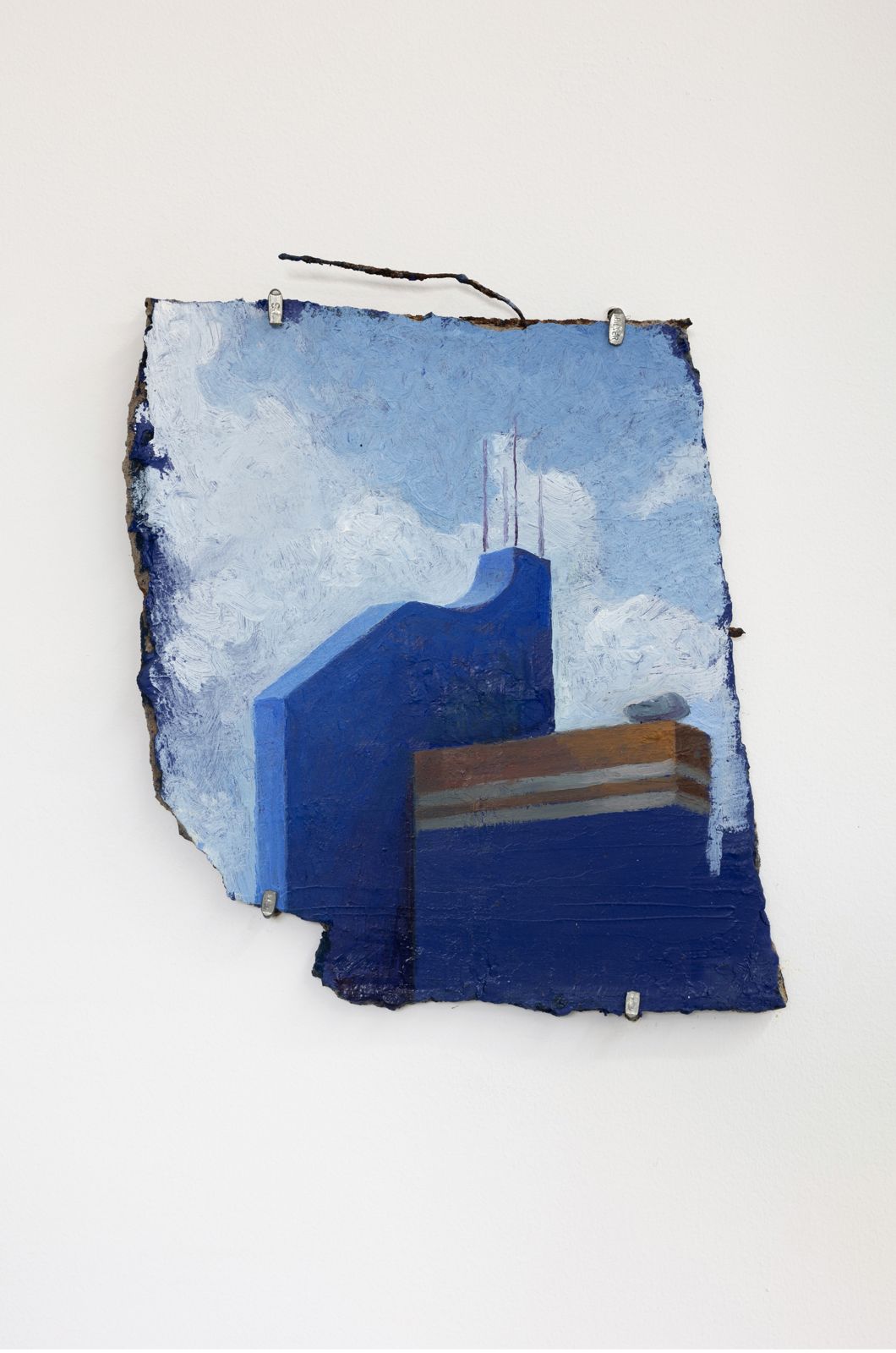
Trozo
2025 Óleo sobre fragmento de hormigón reforzado 26 x 24 cm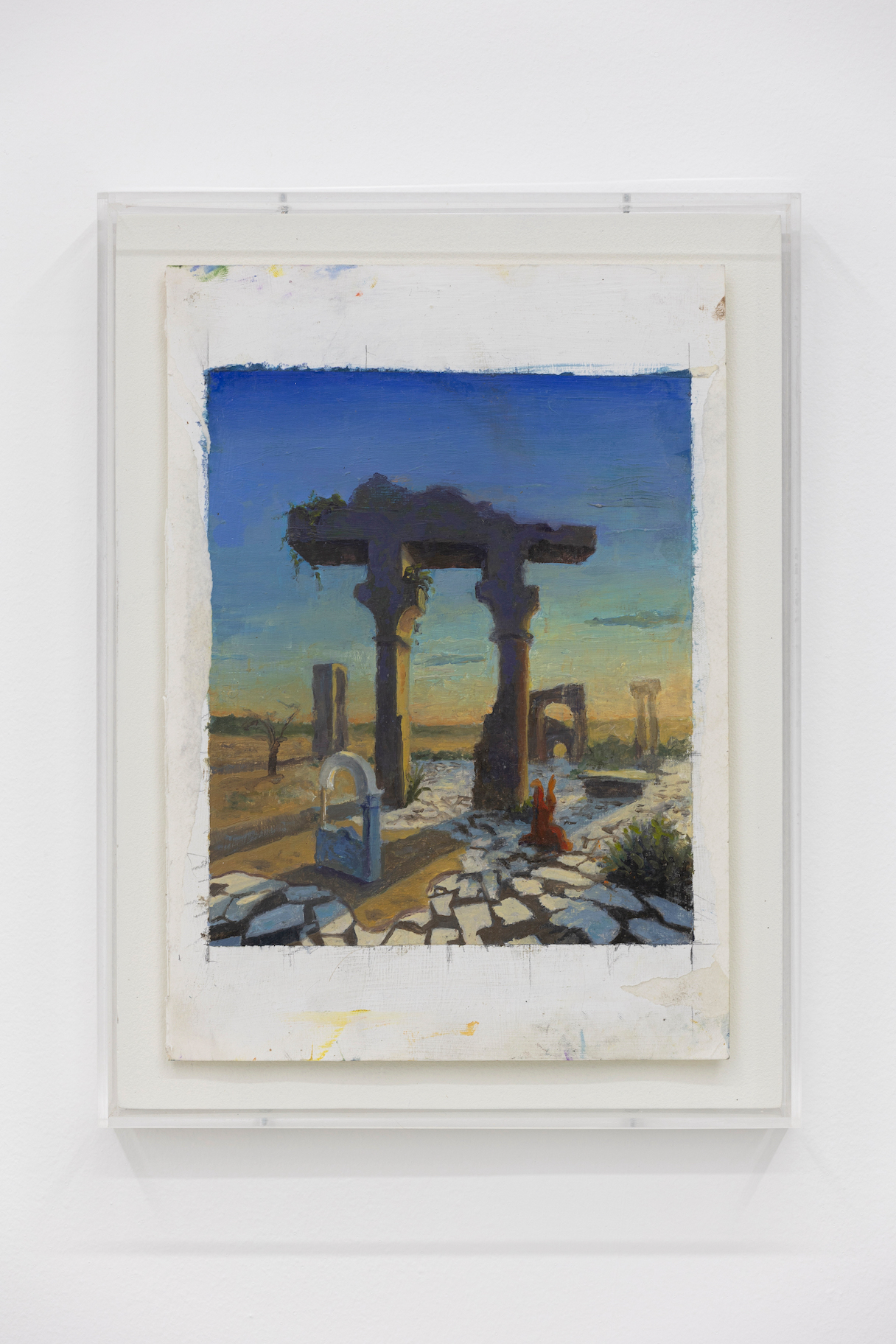
Vull comprar-me una masía, no un xalet
2025 Óleo sobre papel 29 x 20 cm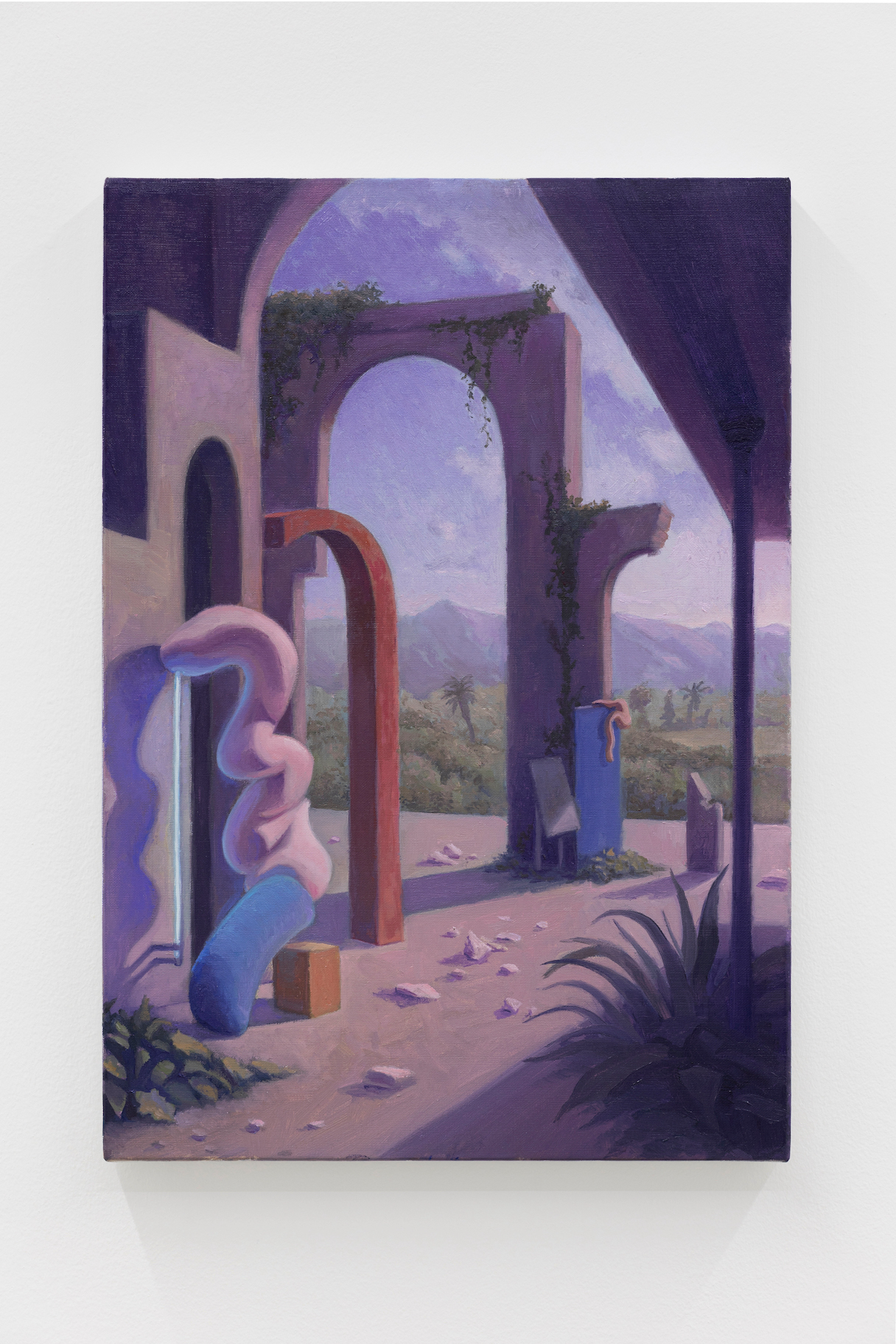
Pladur & papas
2025 Óleo sobre tela 50 x 35 cm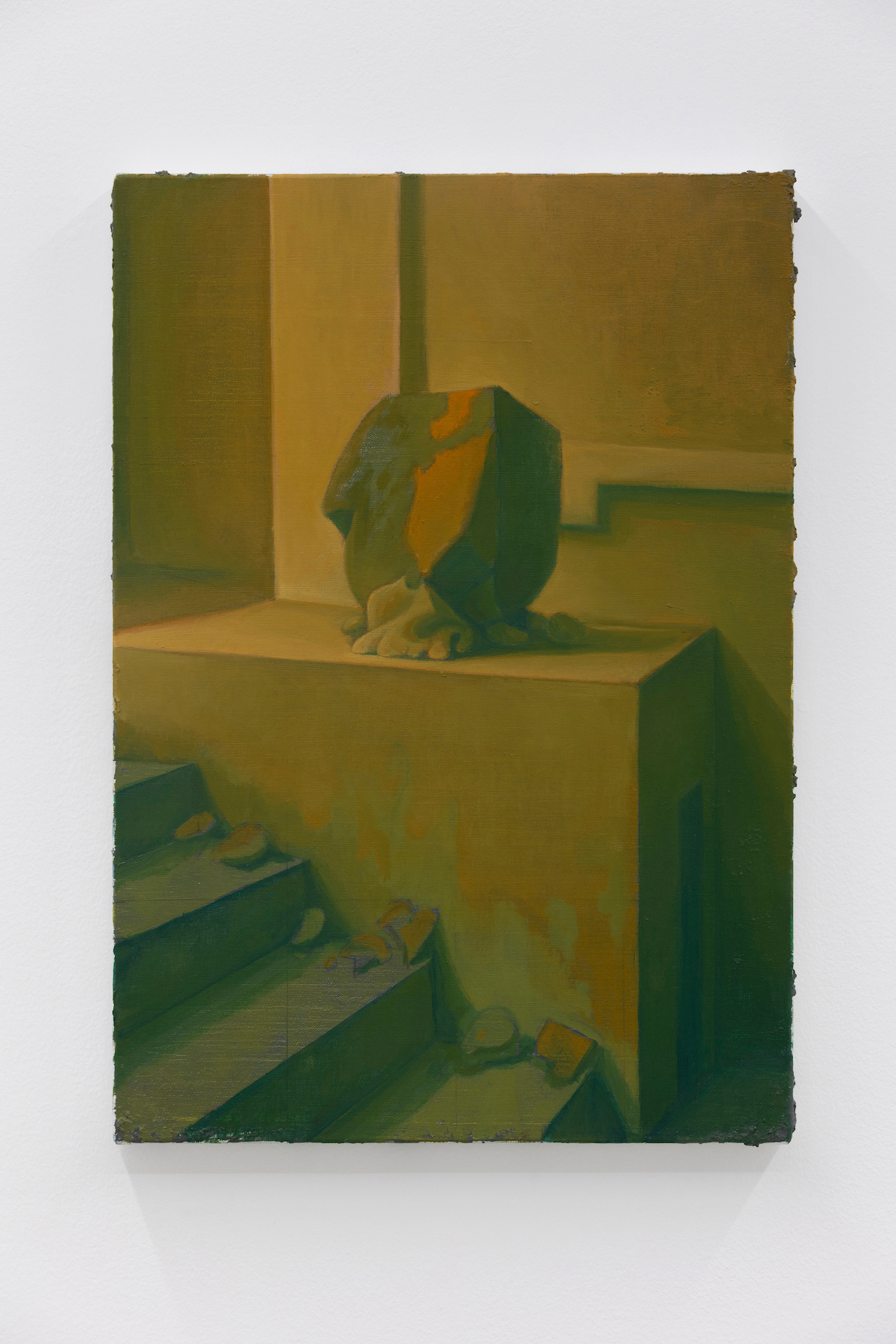
Pladur & piedra
2025 Óleo sobre tela 50 x 35 cm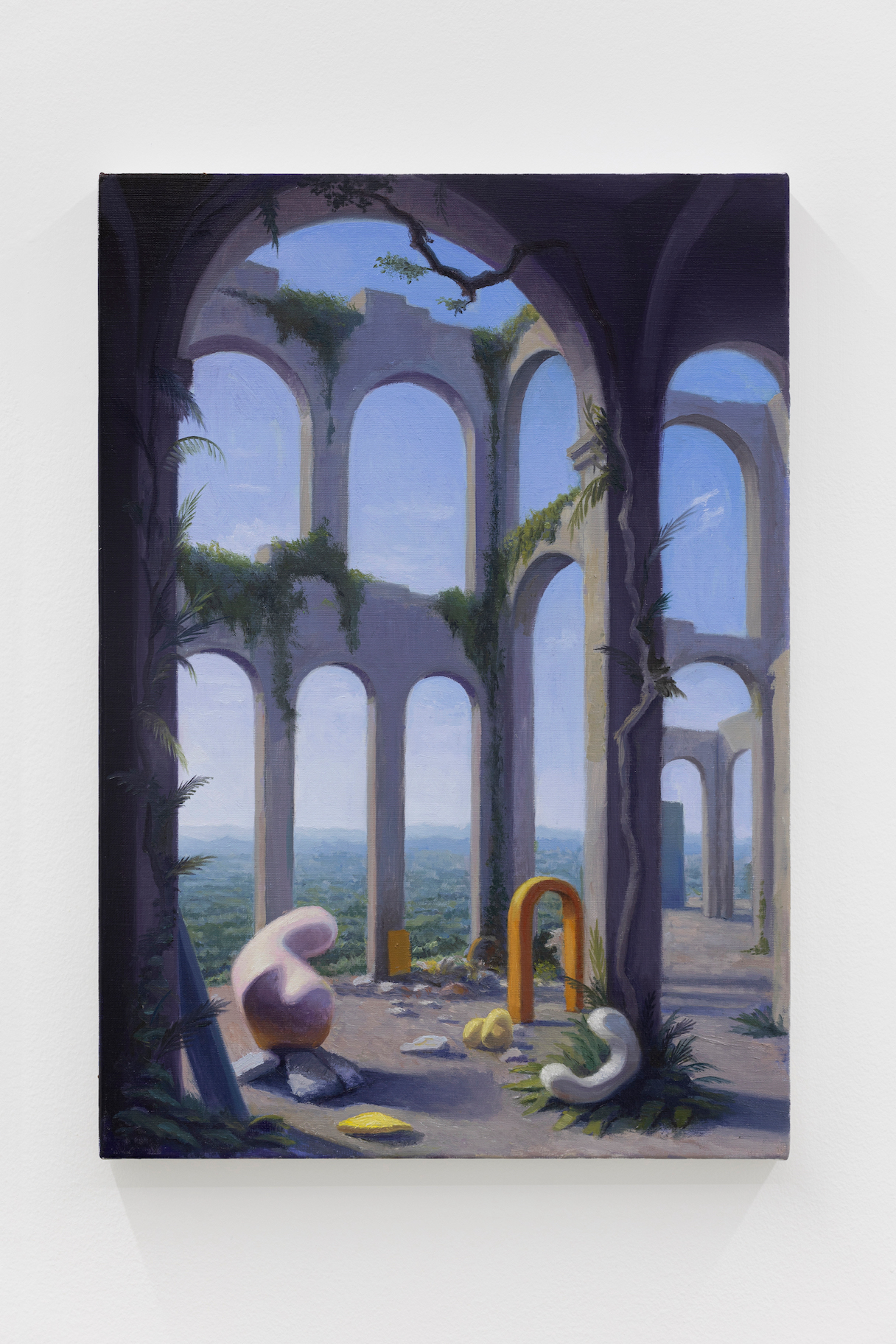
Take a look
2025 Óleo sobre tela 50 x 35 cm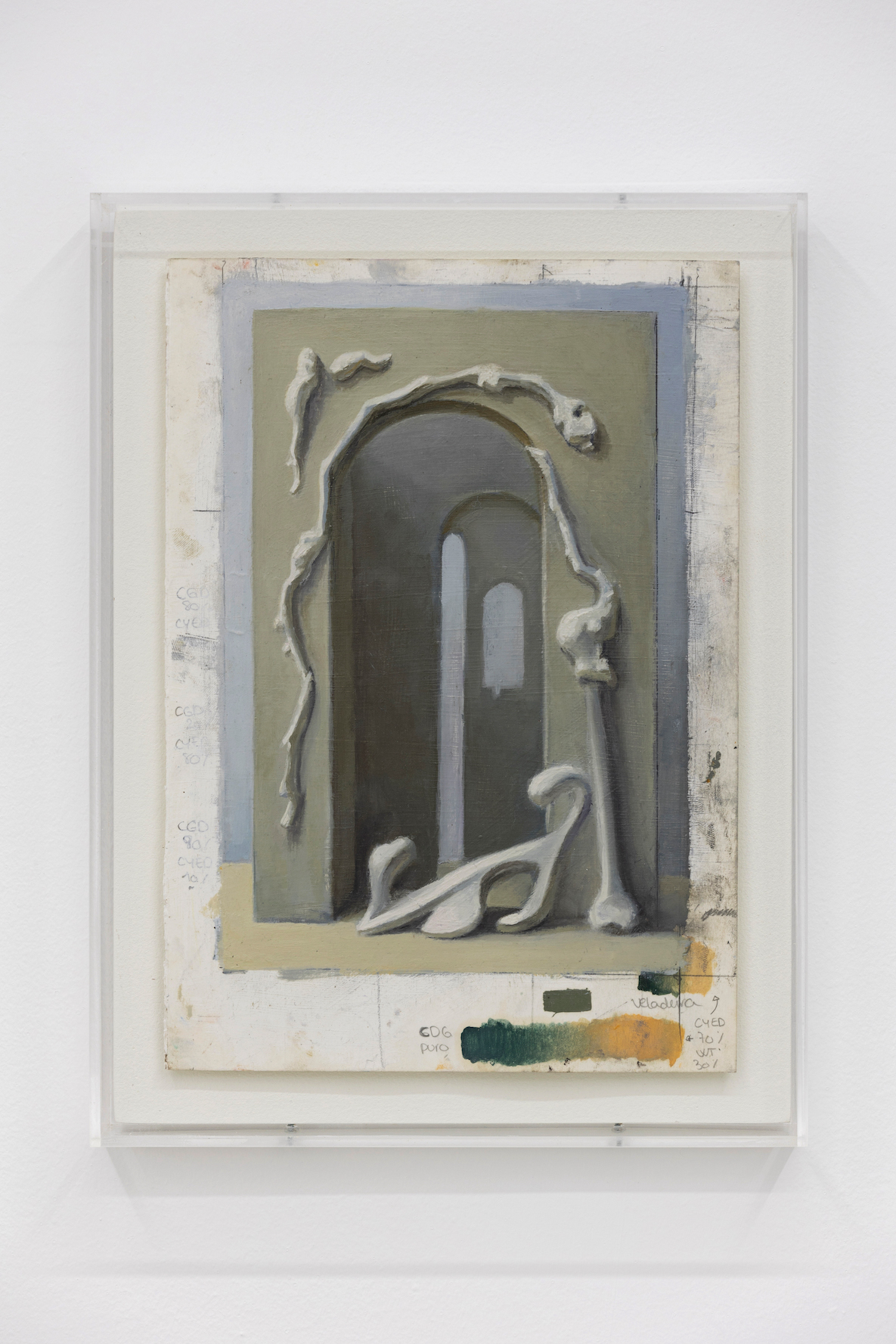
Apunte patafísico
2025 Óleo sobre papel 29 x 20 cm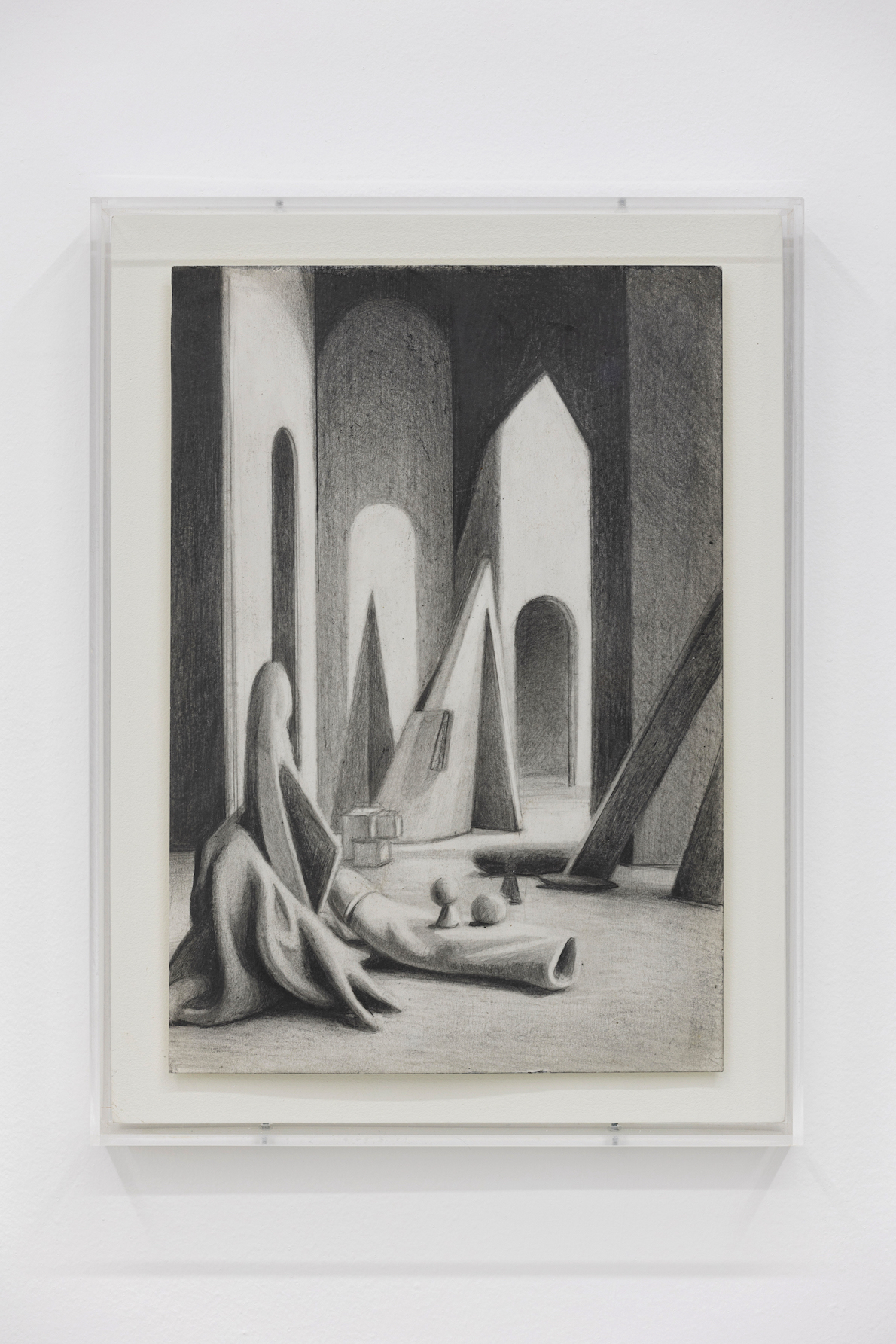
3I atlas
2025 Óleo sobre papel 29 x 20 cmMarc Badia
Marc Badia (1984, Barcelona) es licenciado en Bellas Artes y máster en Producción e Investigación Artística por la Universidad de Barcelona. Fue estudiante de intercambio en la Hochschule für bildende Künste Hamburg (HFBK). Su práctica artística se centra en la pintura y la instalación, con composiciones que fusionan lo clásico, lo contemporáneo y la ficción especulativa a través del filtro del absurdo. Esta yuxtaposición de referentes configura un collage meticuloso que funciona como una arqueología de ficciones. Su práctica se caracteriza por un enfoque lúdico pero crítico hacia la creación de imágenes, cuestionando constantemente los límites entre la ficción, la memoria y la representación. Ha expuesto en instituciones y ferias como el Centro del Carmen (Valencia), la Fundación Arranz Bravo (Barcelona), ARCO Madrid, ARCO Lisboa, Untitled Art Fair (Miami), Lorin Gallery (Los Ángeles), JPS Gallery (París), Expositivo Mad (Madrid) y la Galería Fran Reus (Mallorca), entre otras. Ha realizado residencias en The Free University of Tbilisi (Georgia), DE Kaaij Festival (Nijmegen, Países Bajos), EAN (Galicia), Major 28 (Lleida), L21 (Mallorca) y Enlace (Lima).
